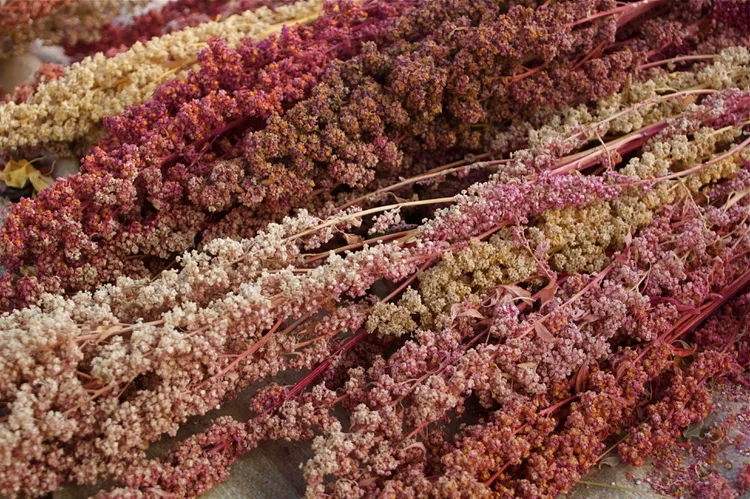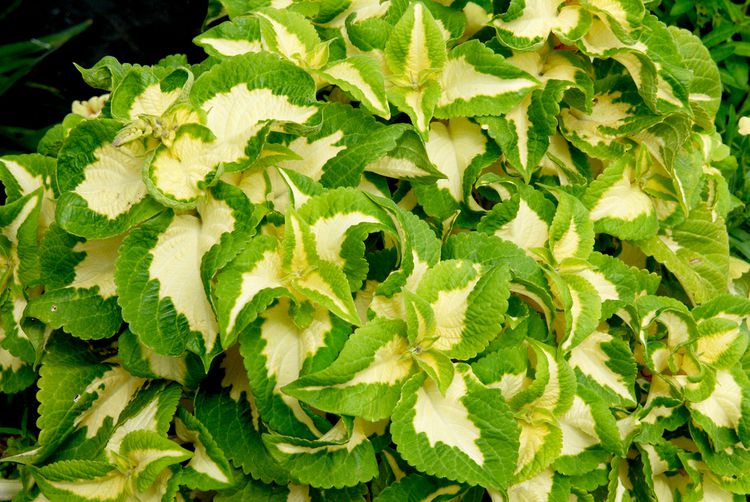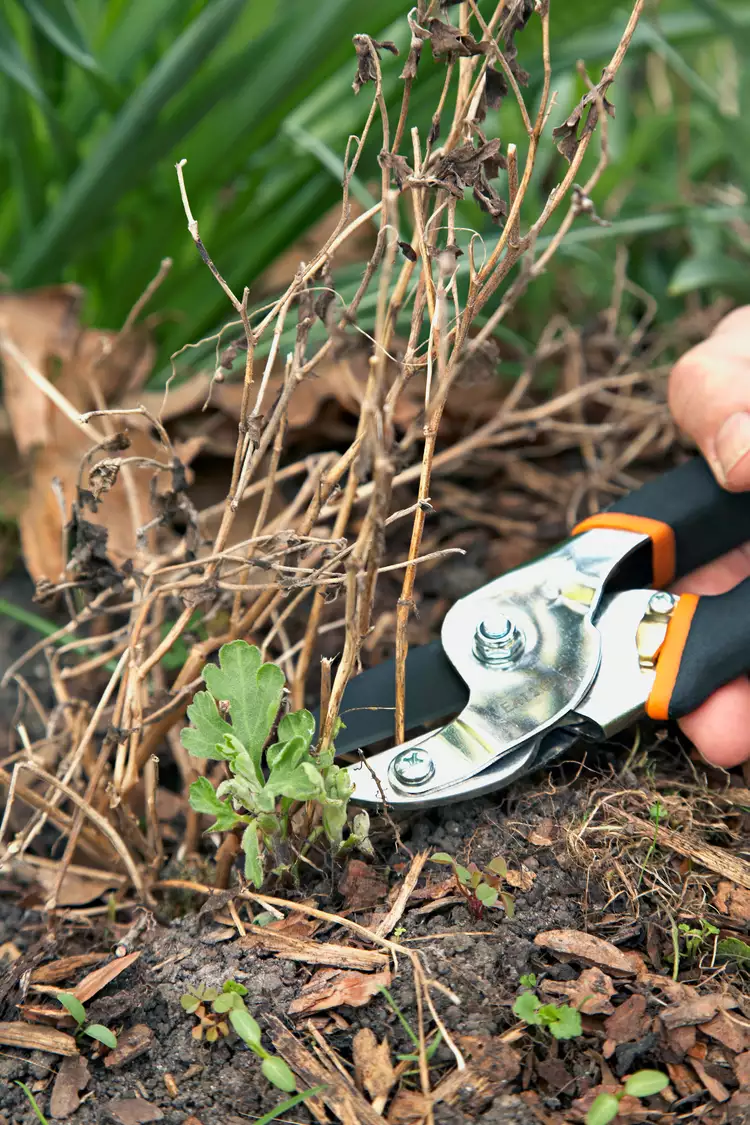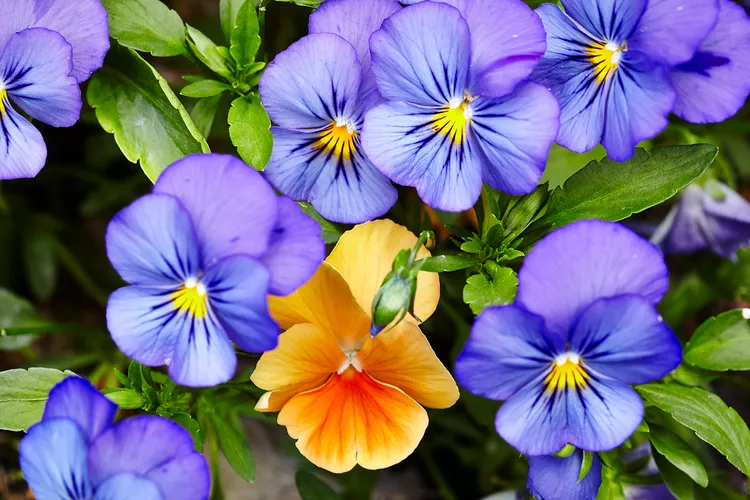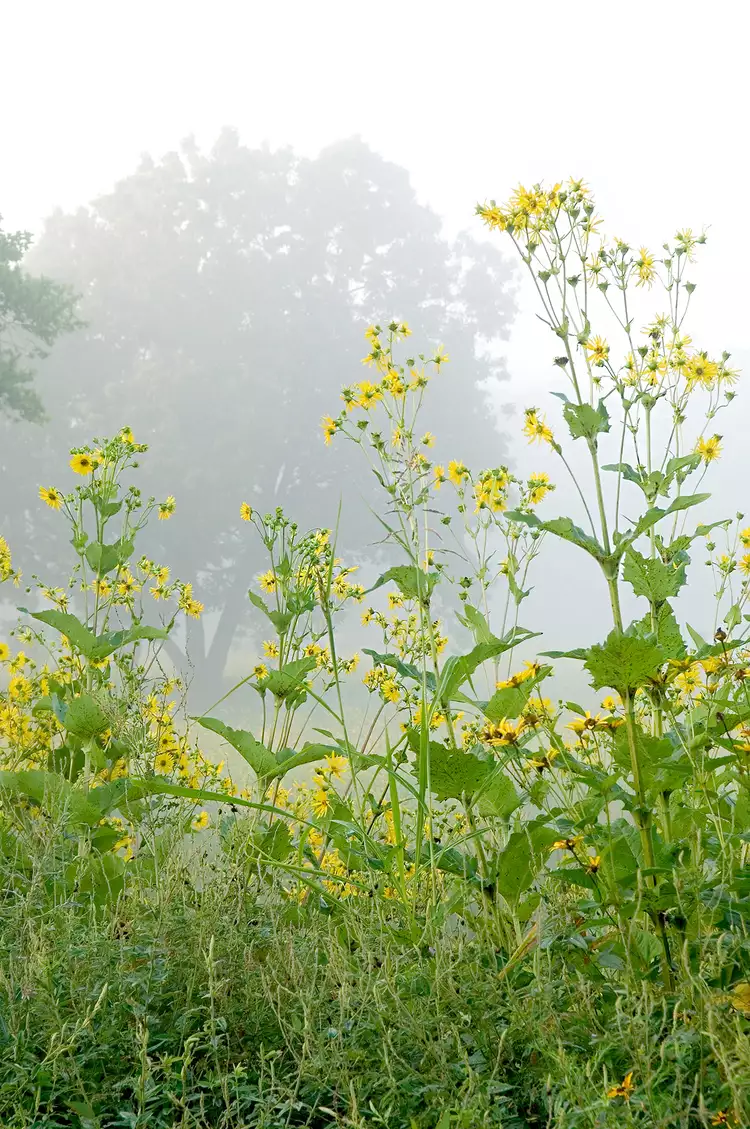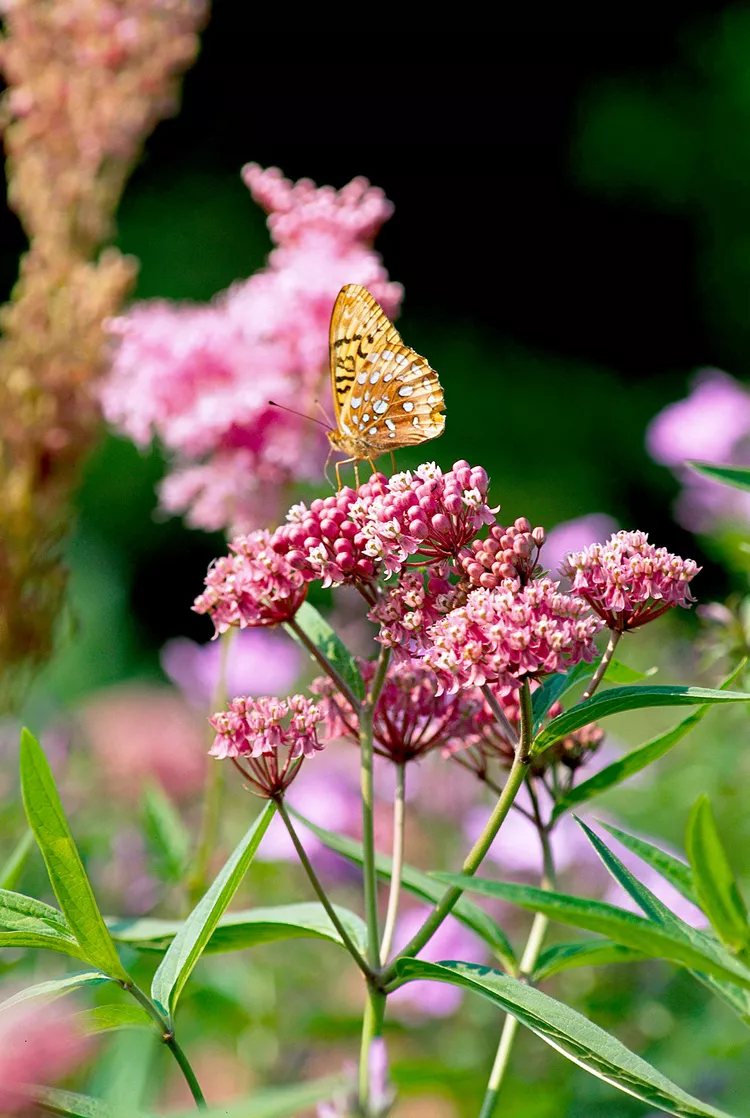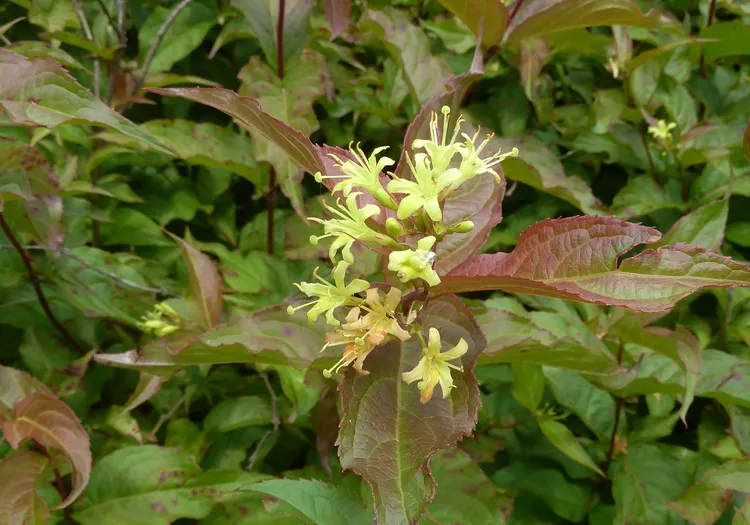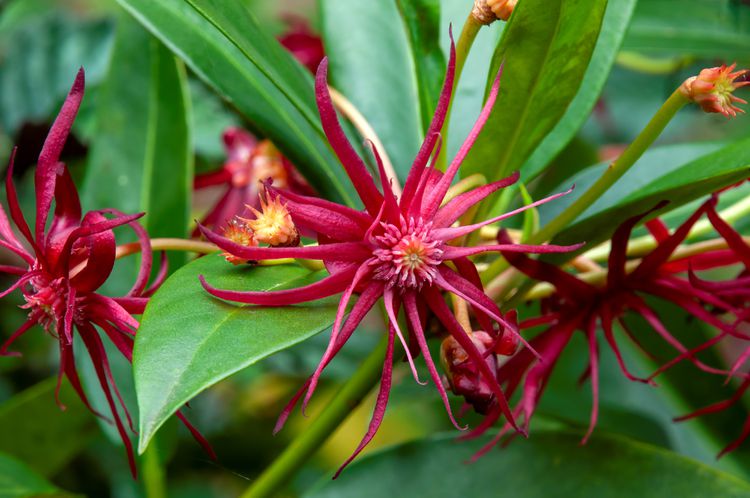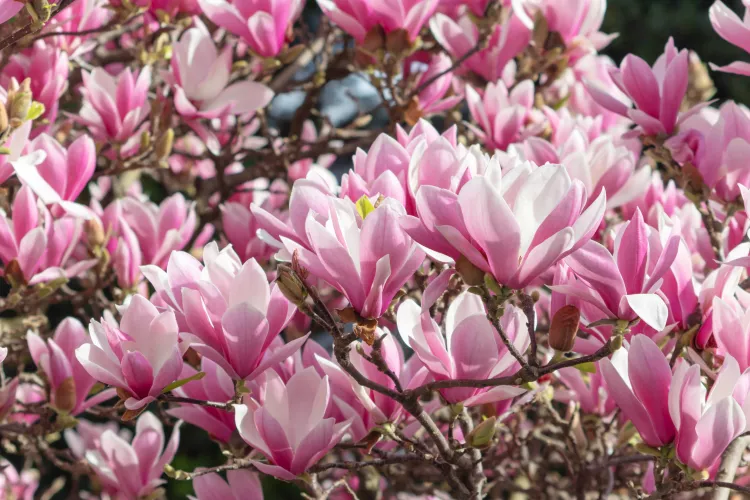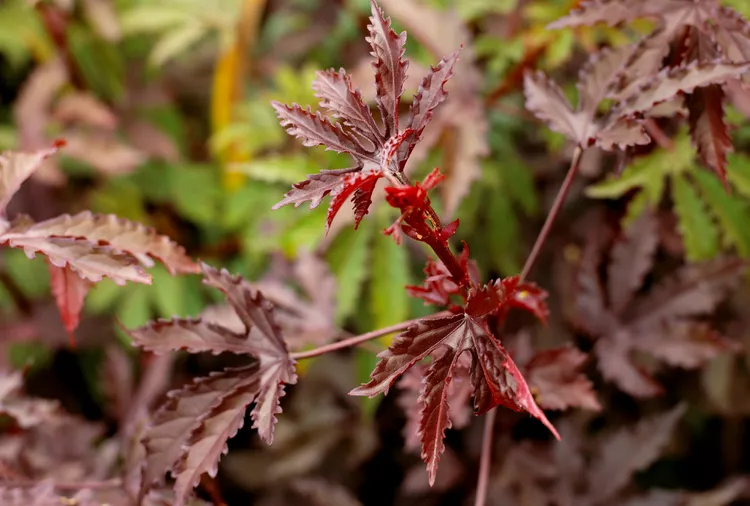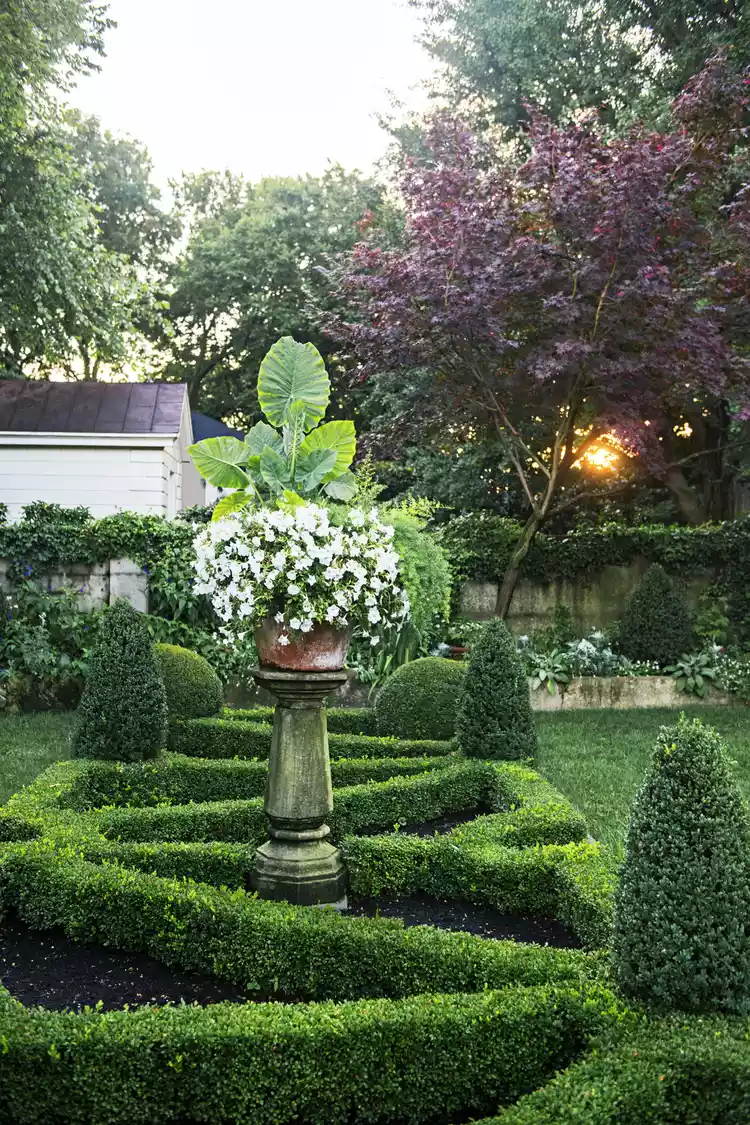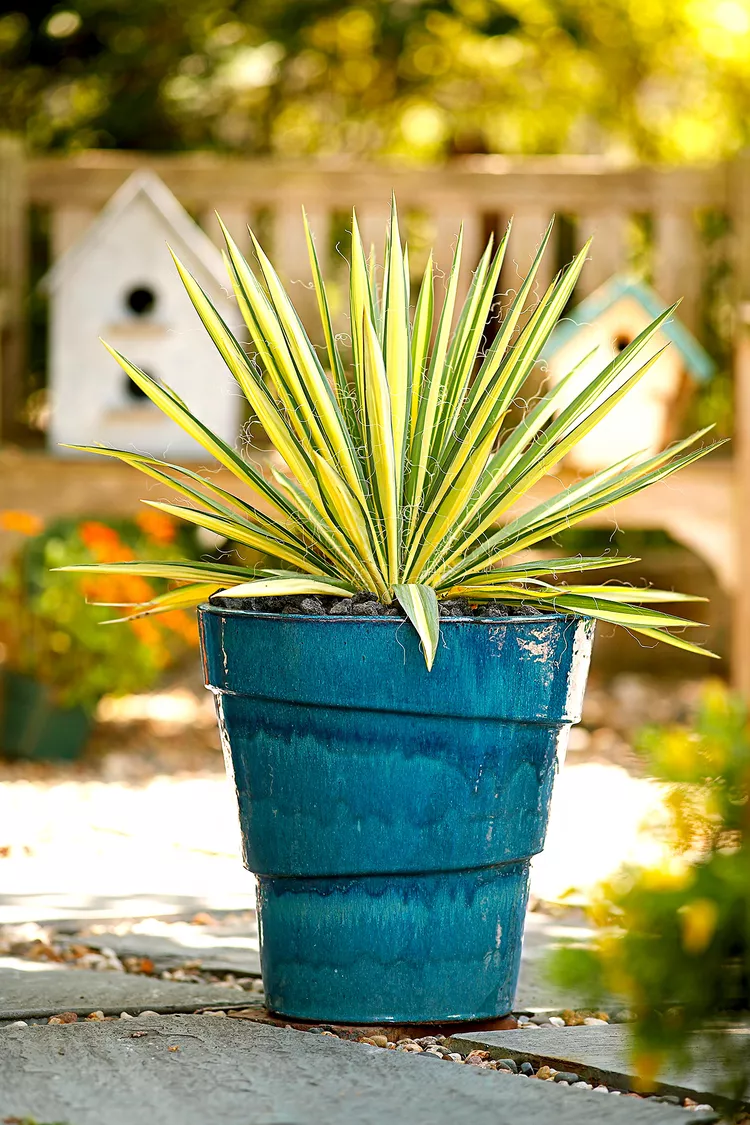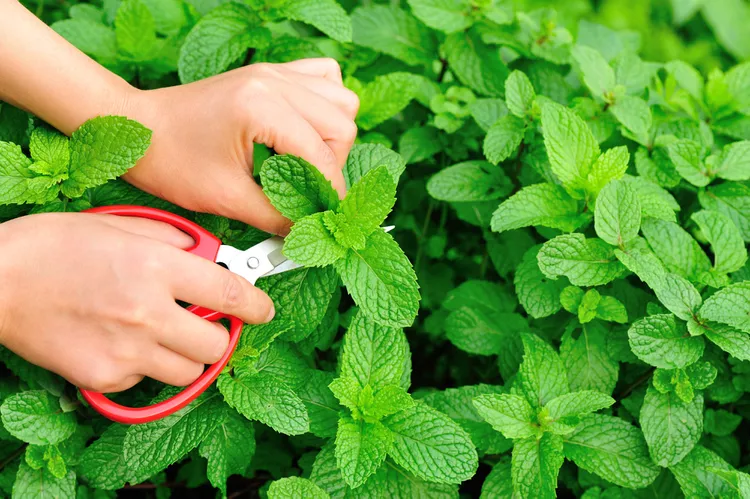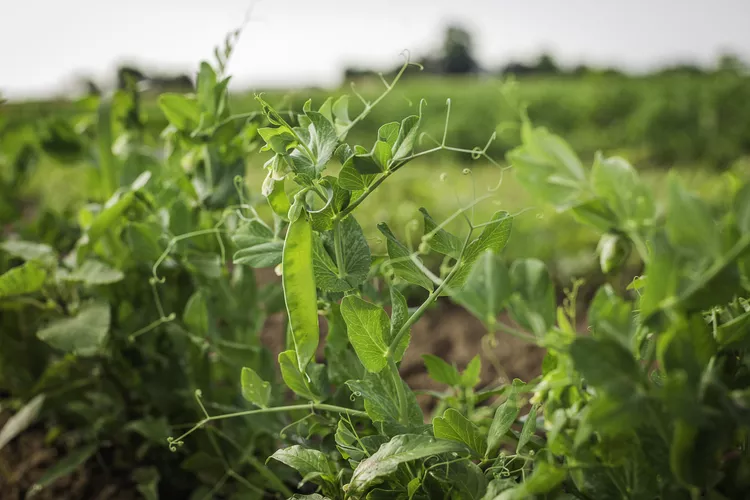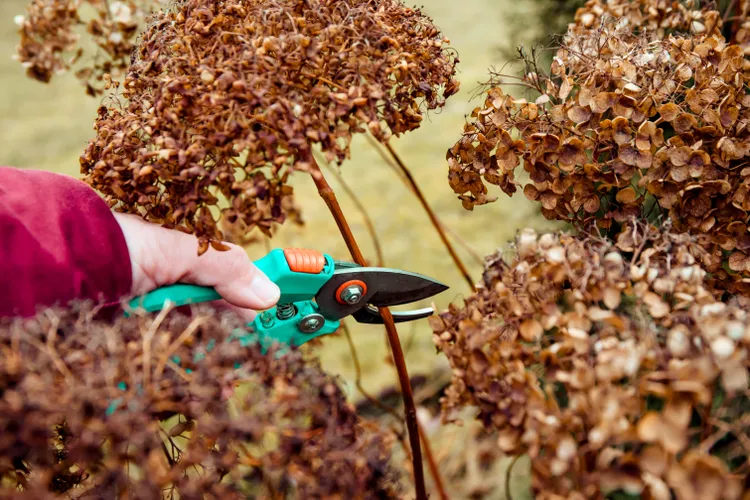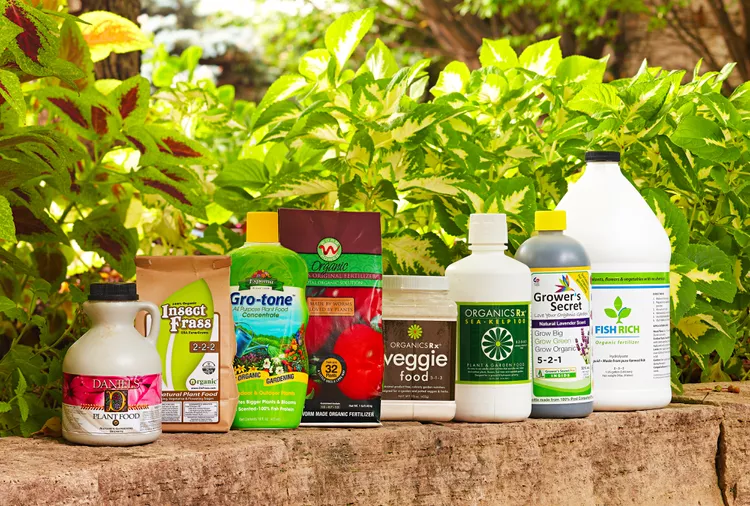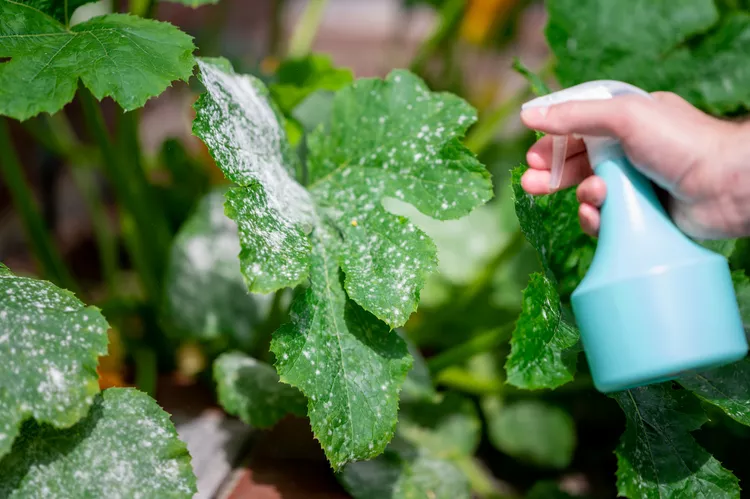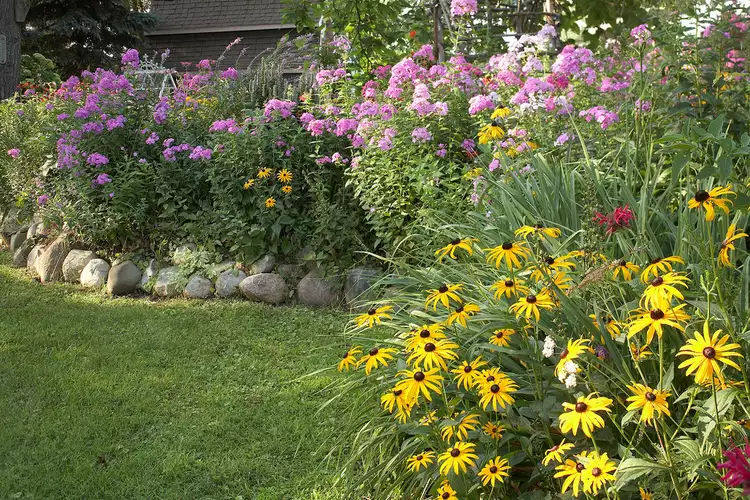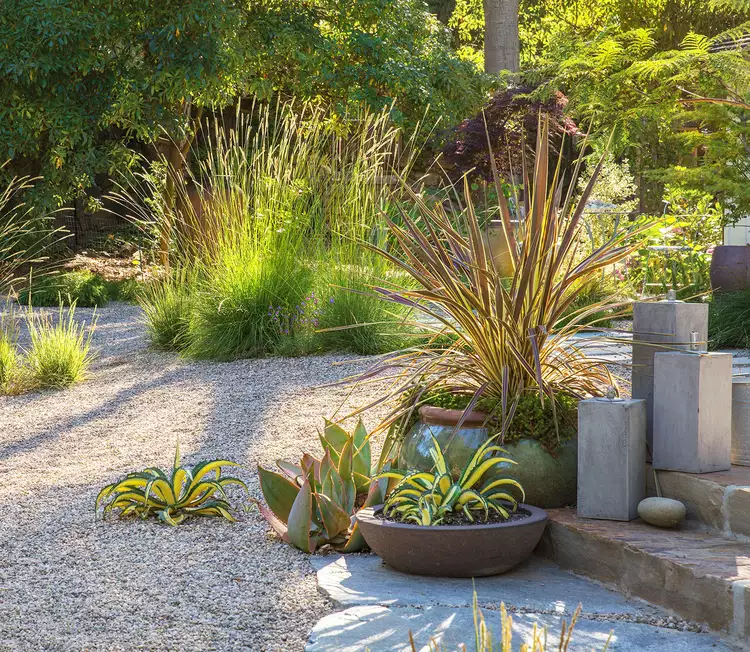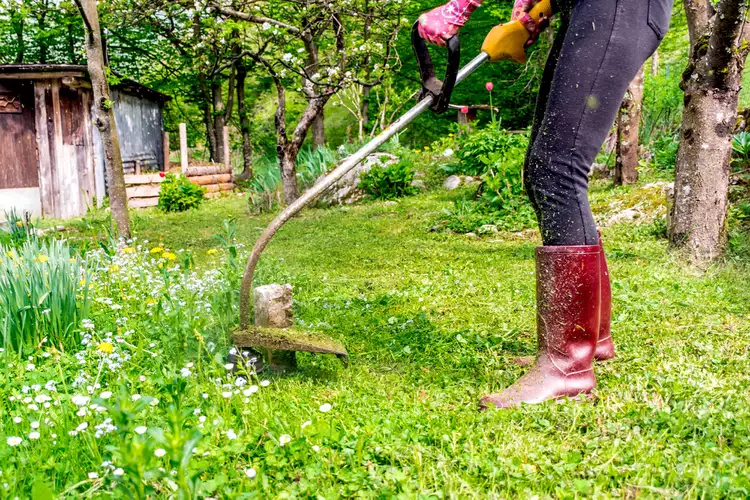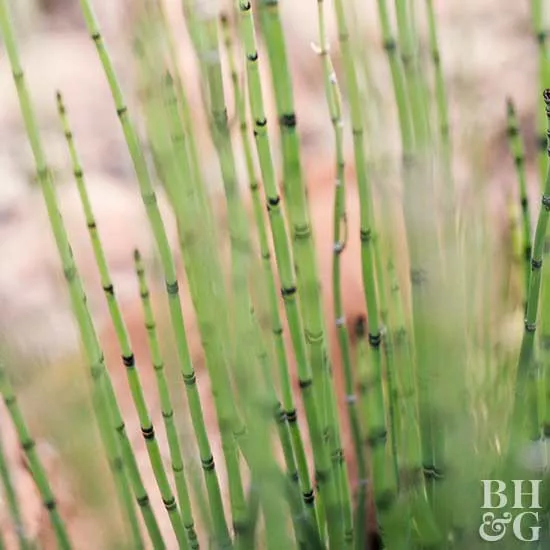Quinoa has become an increasingly well known grain in our kitchens and restaurants over the last decade or so. It's also a rising star in gardens. Easy to grow from seed planted directly in the soil, quinoa (pronounced KEEN-wah) plants produce big, fluffy seed heads that are packed with tiny red, white, brown, and black seeds. Those seeds are gluten-free, high in protein, and have an earthy, nutty, somewhat sweet flavor. The young, tender leaves are also edible and nutritious, with a texture and flavor like spinach.
Quinoa Overview
| Genus Name | Chenopodium quinoa |
| Common Name | Quinoa |
| Plant Type | Annual |
| Light | Sun |
| Height | 4 to 7 Feet |
| Width | 1 to 2 Feet |
| Flower Color | Orange, Red, Yellow |
| Foliage Color | Blue/Green |
| Season Features | Colorful Fall Foliage |
| Propagation | Seed |
Where to Plant Quinoa
Native to South America, quinoa grows in rocky, mountainous areas in soil that have little natural fertility. This fast-growing edible plant tolerates dry conditions and infertile soil, but will do best with regular moisture and loamy soil. It doesn’t grow well in consistently moist, boggy sites.
Wherever you plant quinoa, expect it to readily self-seed. It's easy to pull up unwanted seedlings or scuffle them away with a hoe. Many quinoa varieties turn brilliant shades of red, yellow, and orange in fall. Plant quinoa where you need a pop of late-season color.
Quinoa can be grown in large containers. The tall plants require support in containers and plenty of water to maintain their rapid growth. Choose a container that holds at least 10 gallons of potting mix.
How and When to Plant Quinoa
Plant quinoa in spring as soon as the soil can be worked. In cold regions, the soil is ready for quinoa seed when snow and frost are gone, and the soil is loose, not boggy. In warm regions, quinoa can be planted as early as February. Quinoa tolerates cool temperatures and will germinate in soil temperatures ranging from 36 to 68°F. Young plants can withstand temperatures as low as 25°F. Cover young plants if there will be a cold snap colder than that.
Plant seeds 1 to 2 inches apart and one-quarter inch deep in rows 12 to 24 inches apart. Quinoa sprouts quickly—seedlings usually emerge in 7 to 10 days. When seedlings emerge, thin plants to 12 inches apart. Don’t skip thinning seedlings to 12 inches apart. Proper spacing produces larger plants with multiple seed-bearing stems.
Care Tips for Quinoa
Light
Quinoa is most productive when it receives at least 8 hours of direct sunlight a day. Like most vegetable crops, it needs full sun to flower and mature. Plant it away from trees and buildings, which will cast shade throughout the day.
Soil and Water
Quinoa produces the most grain in well-drained, fertile soil. Yield decreases slightly when it is planted in average and infertile soil, but the yield difference is minor. Quinoa tolerates poor soil well. When supplied with adequate moisture at planting time and when the young seedlings are maturing, they will thrive and produce a good crop. Water quinoa during extended dry spells and drought.
Water, in the form of rainfall or irrigation, can ruin a crop if it contacts the seeds when they are mature. Quinoa seed sprouts readily. Mature seeds awaiting harvest will sprout if they get wet. Harvest ripe quinoa seeds as soon as possible.
Temperature and Humidity
Quinoa grows best in moderate temperatures and low humidity. Plant seeds as soon as the soil can be worked in spring to ensure plants are flowering well before the heat of summer. Temperatures above 95°F will prevent flowers from maturing and producing seeds.
Fertilizer
Provides nutrients for quinoa by mixing well-decomposed compost into the soil at planting time, if desired. This ancient grain grows well in lean, infertile soil and doesn’t require supplemental fertilization in almost all growing areas.
Harvesting
Quinoa seed is ready to harvest when the seed coat is barely dented by a fingernail. Typically, plants are completely dry and the leaves drop when the seed is mature. Depending on when quinoa was planted, it is often ready to harvest in August or September. Most varieties of quinoa are ready to harvest about 90-100 days after planting.
Harvest quinoa by hitting the flower stalks against a hard surface or rubbing them between your hands to separate the seeds from the flower parts or chaff. Next, clean the harvested seed by removing the chaff. Spread the seed onto a cloth and position a fan nearby. Turn on the fan and the moving air will blow away the lighter chaff. It’s often necessary to remove large chaff by hand.
Keep quinoa in an airtight container in a refrigerator for long-term storage. It can also be stored in a paper bag at room temperature for three to six months. It’s necessary to remove the soap-like coating, called saponins, on the quinoa seeds before cooking. Remove saponins by repeatedly soaking the seed and rinsing it with water until soapy bubbles are no longer present. Instead of soaking, the seed can also be cleaned by rinsing it under fast, hot running water multiple times.
Harvest the young, tender leaves of quinoa plants and use them like spinach in salads. Quinoa can be grown solely as salad greens, or a few leaves can be harvested from plants that are allowed to mature and produce seeds. Harvesting many leaves from young plants will reduce the seed yield.
Pests and Problems
Weeds are the most troublesome pest to quinoa plants. They grow alongside quinoa and compete for valuable soil moisture and nutrients. Some weeds, such as thistle and mustard, are hosts for aphids that attack quinoa. Spread a 2-inch-thick layer of shredded wood mulch or another organic mulch around plants to keep the weeds at bay. Pull thistle and mustard growing nearby to help control the aphid population. Use neem oil to control aphids if needed.
How to Propagate Quinoa
Save quinoa seeds for planting the following year. Store the seed in an airtight container in the refrigerator or in a paper bag in a cool, dark place for planting the following spring.
Types of Quinoa
‘Cherry Vanilla’ grows 3 to 5 feet tall and has cream-to-pink flower heads. The lush, colorful plants are popular in the flower garden as well as the vegetable garden.
‘Brightest Brilliant’ grows 4 feet tall and has orange, pink, burgundy, white, and yellow flower stalks.
